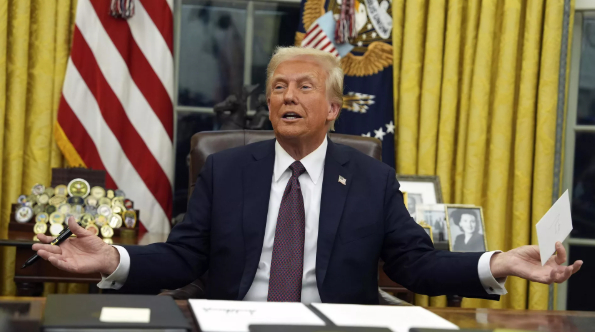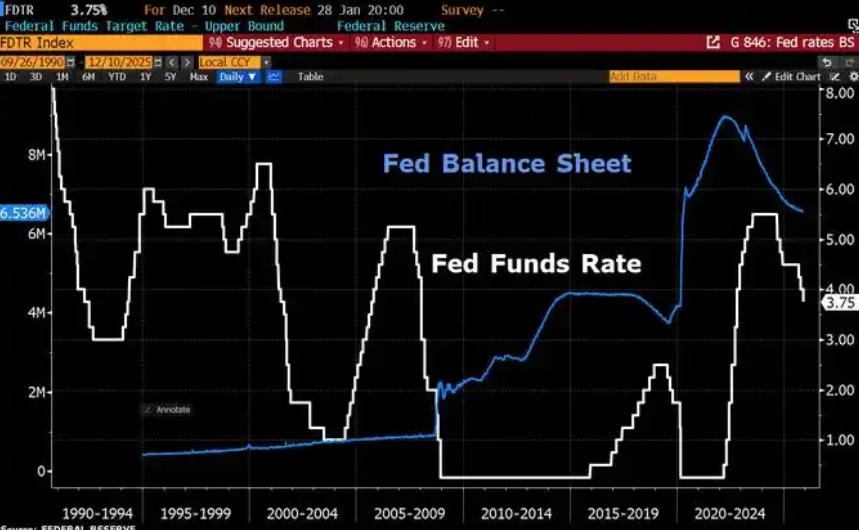
The Trump administration recently announced a widely watched decision to stop minting 1-cent coins. The direct purpose of this plan is to cut government spending and improve fiscal efficiency. However, the impact of this decision goes far beyond the scope of the government budget, but has profoundly affected multiple levels such as the economy, society and even culture.
First of all, from an economic perspective, stopping minting 1-cent coins will directly reduce the operating costs of the Mint. According to the latest data, as of September of fiscal year 2024, the U.S. Mint has produced about 3.2 billion 1-cent coins, with a total cost of up to $85.3 million, and the cost of each coin is close to $0.037, which is much higher than its face value. By stopping minting this loss-making coin, the government can save tens of millions of dollars each year. In addition, this move may also indirectly affect the retail industry. After canceling low-denomination coins, many countries have adopted a rounding checkout method, which helps speed up checkout and reduce transaction costs. However, this may also lead to price increases for small commodities, especially for low-income groups, whose purchasing power will be slightly affected.
Second, at the social level, the abolition of the 1-cent coin may change people's consumption habits and payment methods. With the popularity of electronic and mobile payments, cash transactions have gradually decreased, and the frequency of use of low-value coins has also decreased. The Trump administration's decision conforms to the development trend of digital payments and may further promote the formation of a cashless society. However, it may also cause inconvenience to some groups, such as the elderly, people with low technology acceptance, and those who prefer to use cash.
From a legal and institutional perspective, it is still unclear whether Trump has the right to unilaterally stop minting 1-cent coins. Under US law, the size and metal composition of coins are determined by Congress. Although the Secretary of the Treasury may have the power to decide to suspend production, the complete abolition of the 1-cent coin may require legislative support from Congress. Therefore, Trump's executive order may face legal challenges, triggering a power game between the legislature and the executive. This power game will not only affect the fate of the 1-cent coin, but may also have a certain impact on the entire legal system.
In addition, the abolition of the 1-cent coin may also have far-reaching cultural and symbolic effects. Since the United States stopped minting half-cent coins in 1857, the one-cent coin has been one of the oldest circulating coins in the United States. It carries rich cultural and historical values. For example, the famous "Lincoln Memorial Coin" has been issued since 1909 and has become an important part of the United States' national identity and cultural heritage. The head of Lincoln on the one-cent coin not only represents a historical figure in the United States, but also symbolizes the values and spiritual pursuits of the United States. The cancellation of the one-cent coin not only means the disappearance of a currency symbol, but is also likely to cause the public to have deep concerns about the inheritance of historical culture. People may worry that with the disappearance of this historically significant coin, the historical and cultural memory of the United States will gradually fade.
In summary, although Trump's plan to stop minting one-cent coins was originally intended to save government spending, its impact is far-reaching and complex. From economic efficiency to social fairness, from legal system to cultural inheritance, the interests of all parties need to be comprehensively weighed. In the future, the US government needs to find a balance between cutting costs and protecting public interests to ensure the rationality and sustainability of this decision. At the same time, all sectors of society should pay attention to the various impacts of this decision, actively participate in relevant discussions, and contribute wisdom and strength to the future development of the United States.

Since 2022, the Fed has cumulatively reduced its balance sheet by $2.4 trillion through quantitative tightening (QT) policies, leading to a near depletion of liquidity in the financial system.
Since 2022, the Fed has cumulatively reduced its balance sh…
On December 11 local time, the White House once again spoke…
Fiji recently launched its first green finance classificati…
Recently, the European Commission fined Musk's X platform (…
At the end of 2025, the situation in the Caribbean suddenly…
The U.S. AI industry in 2025 is witnessing a feverish feast…